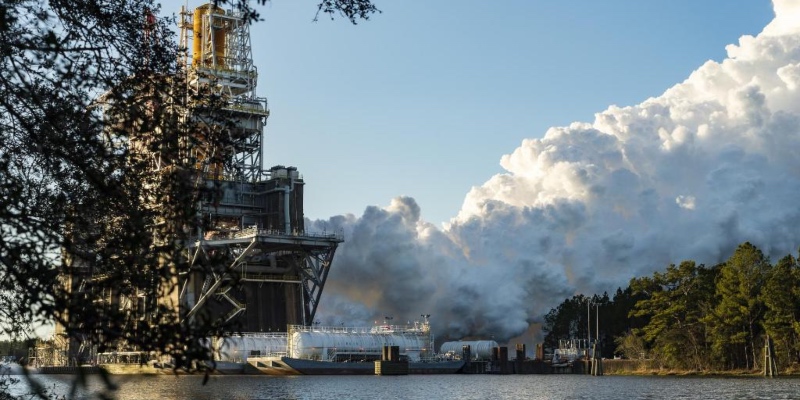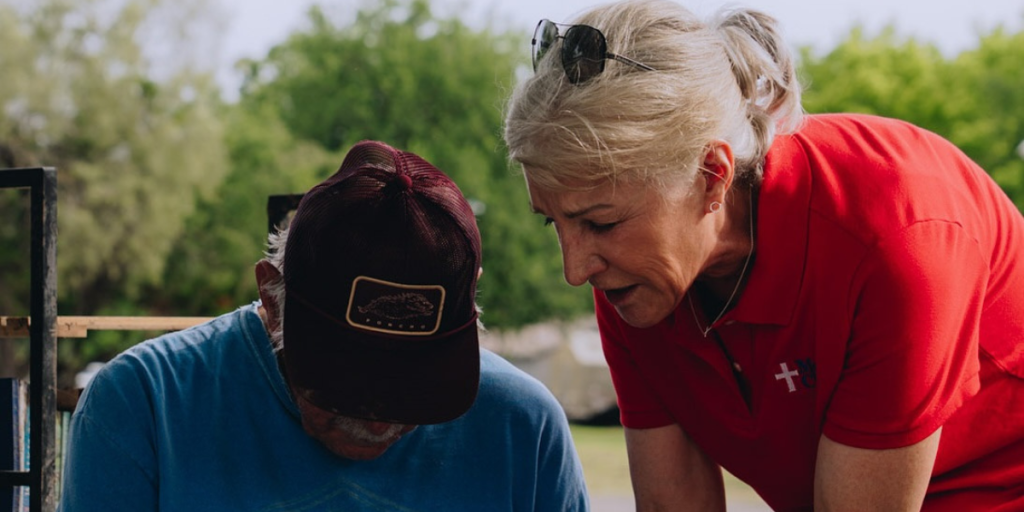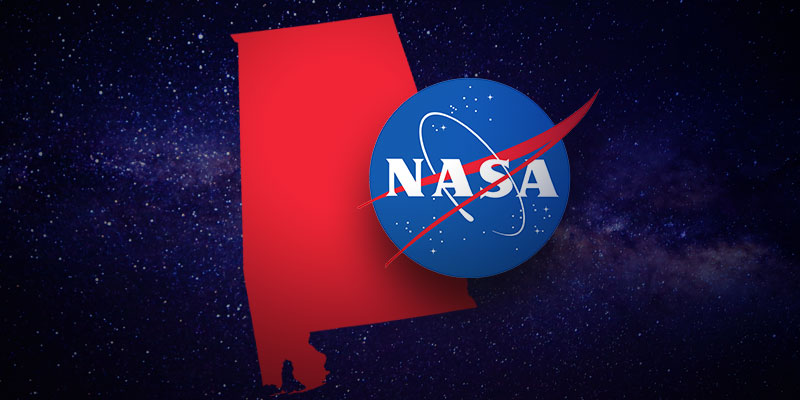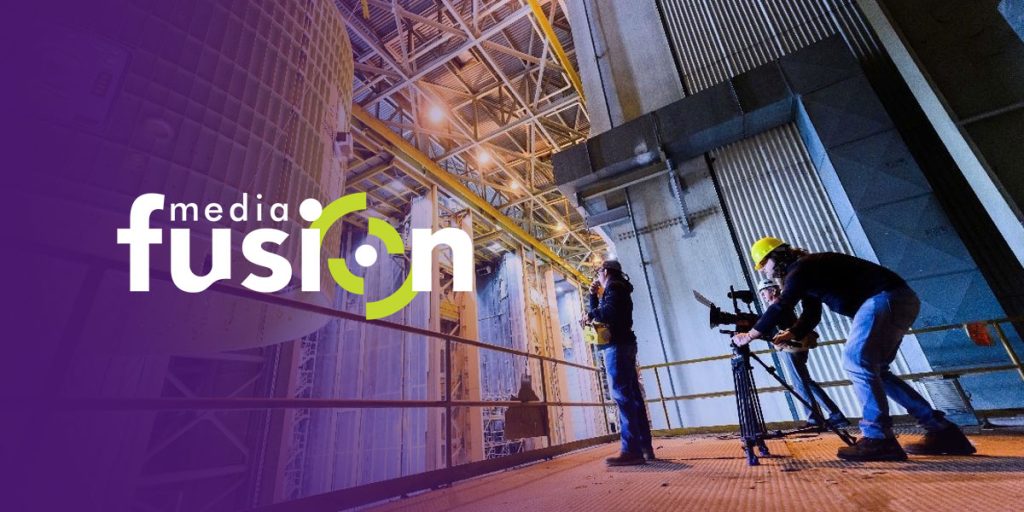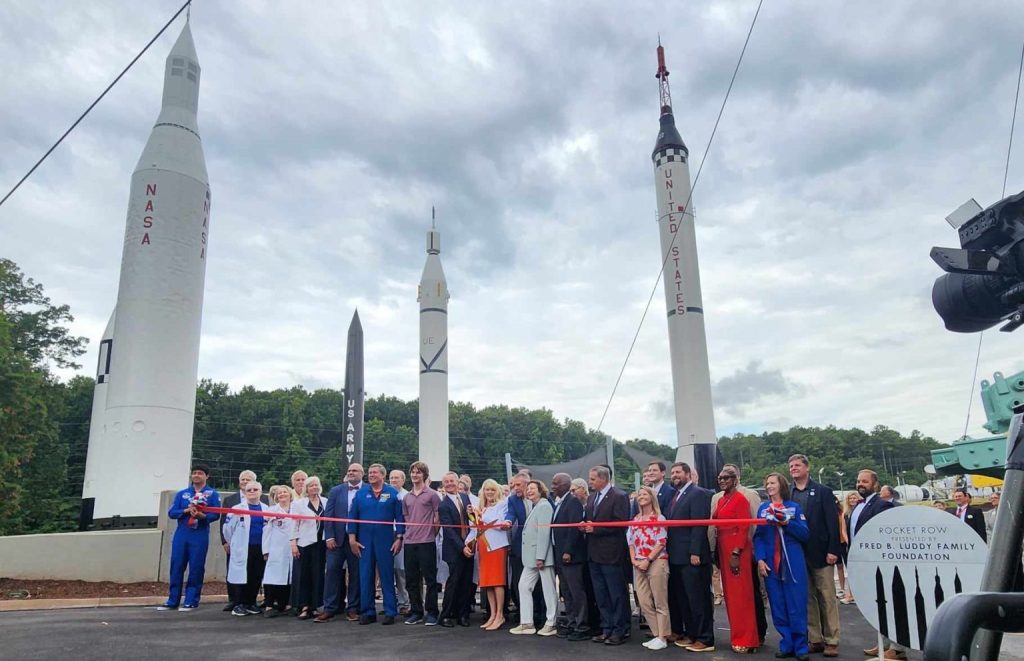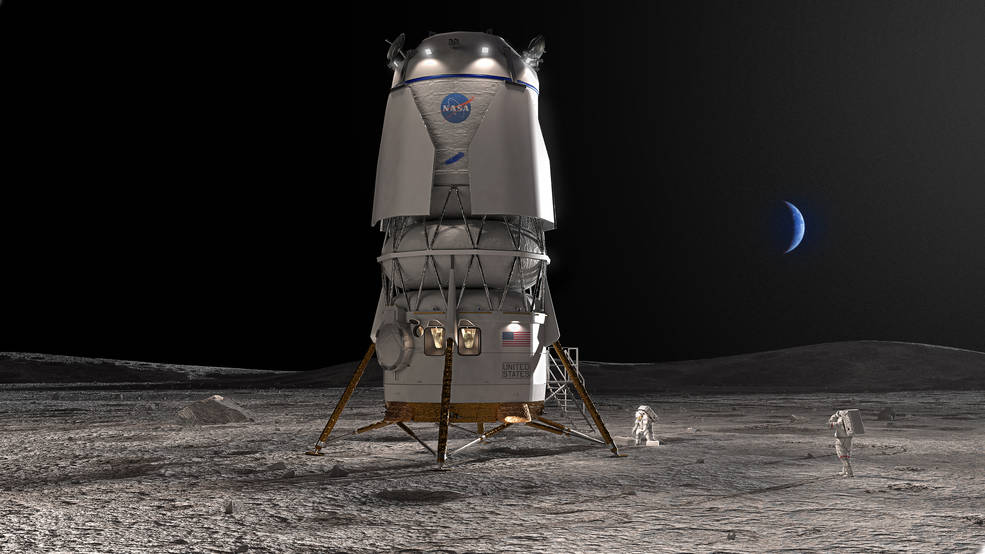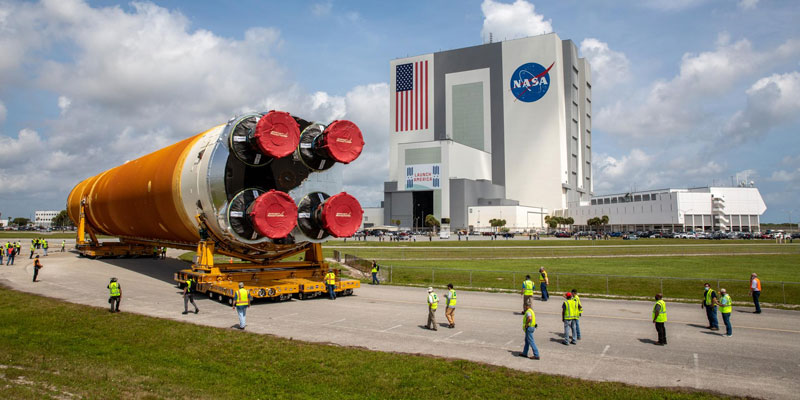In a conference call with members of the press on Tuesday, NASA officials and private sector partners gave an update on this past Saturday’s hot fire of the core stage for the agency’s Space Launch System (SLS) rocket that is scheduled to launch the Artemis I mission to the moon later this year.
The hot fire was intended to be the final test of the eight-part, 12-month Green Run series, conducted at Mississippi’s Stennis Space Center.
SLS is the world’s most powerful ever rocket that will power America’s next-generation moon missions and subsequent crewed missions to Mars. Alabama’s aerospace industry has led the effort to build the SLS, which stands 212 feet high and 27.6 feet in diameter.
Boeing is the core stage lead contractor, and Aerojet Rocketdyne is the RS-25 engines lead contractor. The SLS program is managed out of NASA’s Marshall Space Flight Center in Huntsville, while Boeing’s Huntsville-based Space and Launch division manages the company’s SLS work.
The hot fire test plan called for the rocket’s four RS-25 engines to fire for a little more than eight minutes – the same amount of time it will take to send the rocket to space following launch.
While the test team successfully completed the countdown and ignited the engines, the engines shut down a little more than one minute into the hot fire on Saturday. Since then, teams have been assessing the data to determine what caused the early shutdown and determine a path forward.
On Tuesday, NASA put out a detailed written statement advising that the “Green Run team has reviewed extensive data and completed preliminary inspections that show the rocket’s hardware is in excellent condition after the Green Run test.”
“After analyzing initial data, the team determined that the shutdown after firing the engines for 67.2-seconds on Jan.16 was triggered by test parameters that were intentionally conservative to ensure the safety of the core stage during the test,” NASA stated. “Throughout the hot fire, all four engines performed as expected. While the test planned to fire the four engines for about 8 minutes, the team still achieved several objectives during the shorter firing.”
These successfully completed objectives included: “They repeated the wet dress rehearsal, once again filling the tanks with more than 700,000 gallons of propellant with some added modifications to procedures to ensure proper thermal conditioning of the engines. They successfully pressurized the propellant tanks, completed the countdown, and ignited the engines for the first time. The engines reached their full power of 109 percent producing 1.6 million pounds of thrust, just as they will during the Artemis I launch.”
“Data analysis is continuing to help the team determine if a second hot fire test is required,” NASA concluded.
In the teleconference later in the day, NASA leaders expounded on the written statement. In summary, data shows that if the hot fire had actually been a real launch of the rocket, the engines would not have shut down and flight would have continued.
NASA Administrator Jim Bridenstine said “the big picture perspective” is that “a tremendous amount of data and information” was gleaned from the hot fire.
Kathy Lueders, NASA associate administrator for Human Exploration and Operations Mission Directorate, added, “From my perspective, and with all the development work that I’ve seen, the fact that we learned and we are learning from our integrated system means that this was a great test.”
“The best tests are the ones where we learn from,” she reiterated. “And we learned.”
Moving forward, Lueders noted the team will continue to comb through the test data and learn more. That thorough process will be utilized to determine a next step, including whether a second hot fire will be conducted before the core stage is shipped to Kennedy Space Center in preparation for Artemis I.
Under the Artemis program, NASA is working to land the first woman and the next man on the moon in 2024 through Artemis III.
“This test was an amazing way for us to buy down risk for that mission,” Lueders said.
Artemis I will be the first integrated flight test of SLS and the Orion spacecraft. This will be an uncrewed test flight. Artemis II is slated to be the first crewed flight for the program. Lueders said Artemis I could still occur this year, depending on what determination is made following the hot fire analysis.
John Honeycutt, SLS program manager for NASA’s Marshall Space Flight Center, opened his remarks on Tuesday by emphasizing, “Saturday was extremely historic.”
“This is the biggest test NASA’s run in the last 50 years,” he commented. “It’s the first time we’ve ever had four RS-25 engines fired up together. … The core stage and the RS-25 engines performed perfectly.”
“I’m extremely proud of the team and what they accomplished Saturday, as well as over the course of the other seven Green Run tests that we did leading up to the hot fire,” lauded Honeycutt.
Sean Ross is the editor of Yellowhammer News. You can follow him on Twitter @sean_yhn




